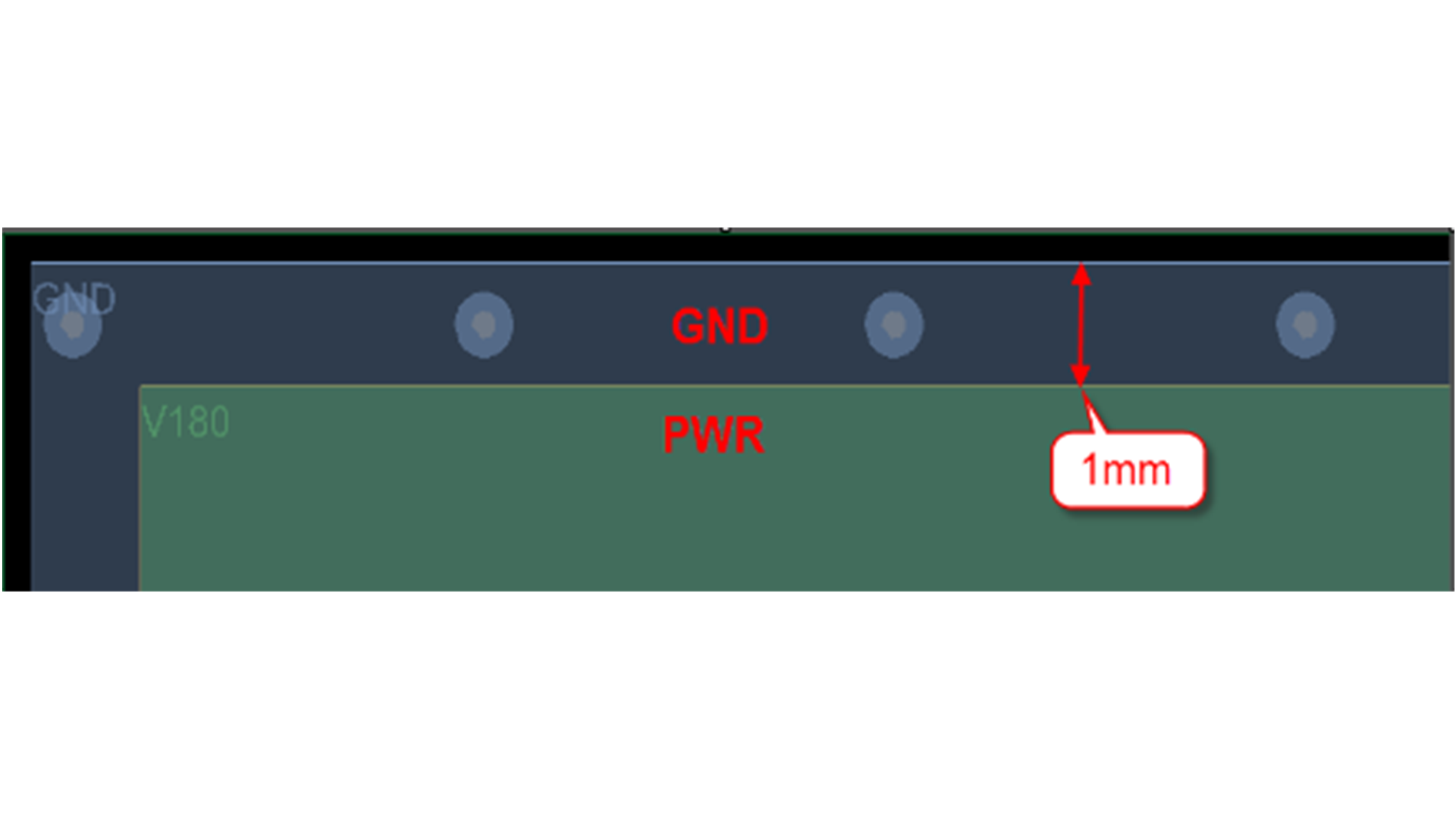When designing high-speed or high-frequency PCBs, electronics engineers use the 20H principle to meet EMI standards and reduce electromagnetic radiation. This principle requires the power plane to be set back 20H relative to the ground plane, where H represents the distance between the power plane and the ground plane. This also serves to suppress edge radiation. Electromagnetic interference radiates outward at the board's edges. By setting the power plane back, the electric field is conducted only within the confines of the ground plane, effectively improving EMC. A 20H backing can confine 70% of the electric field to the ground edge; a 100H backing can confine 98% of the field.
The ground plane should be larger than the power or signal plane to prevent external radiation interference and shield the ground plane from external interference. Generally, setting the power plane back 1mm relative to the ground plane during PCB design is sufficient to meet the 20H principle. To implement the 20H principle, we typically set the power plane back 1mm relative to the ground plane when splitting the plane layers. Shielding ground vias, each 150 mil, are then drilled within the 1mm backing tape, as shown in Figure 1.


Xml политика конфиденциальности блог Карта сайта
Авторское право
@ Микро-Мэджик Инк Все права защищены.
 ПОДДЕРЖИВАЕМАЯ СЕТЬ
ПОДДЕРЖИВАЕМАЯ СЕТЬ
